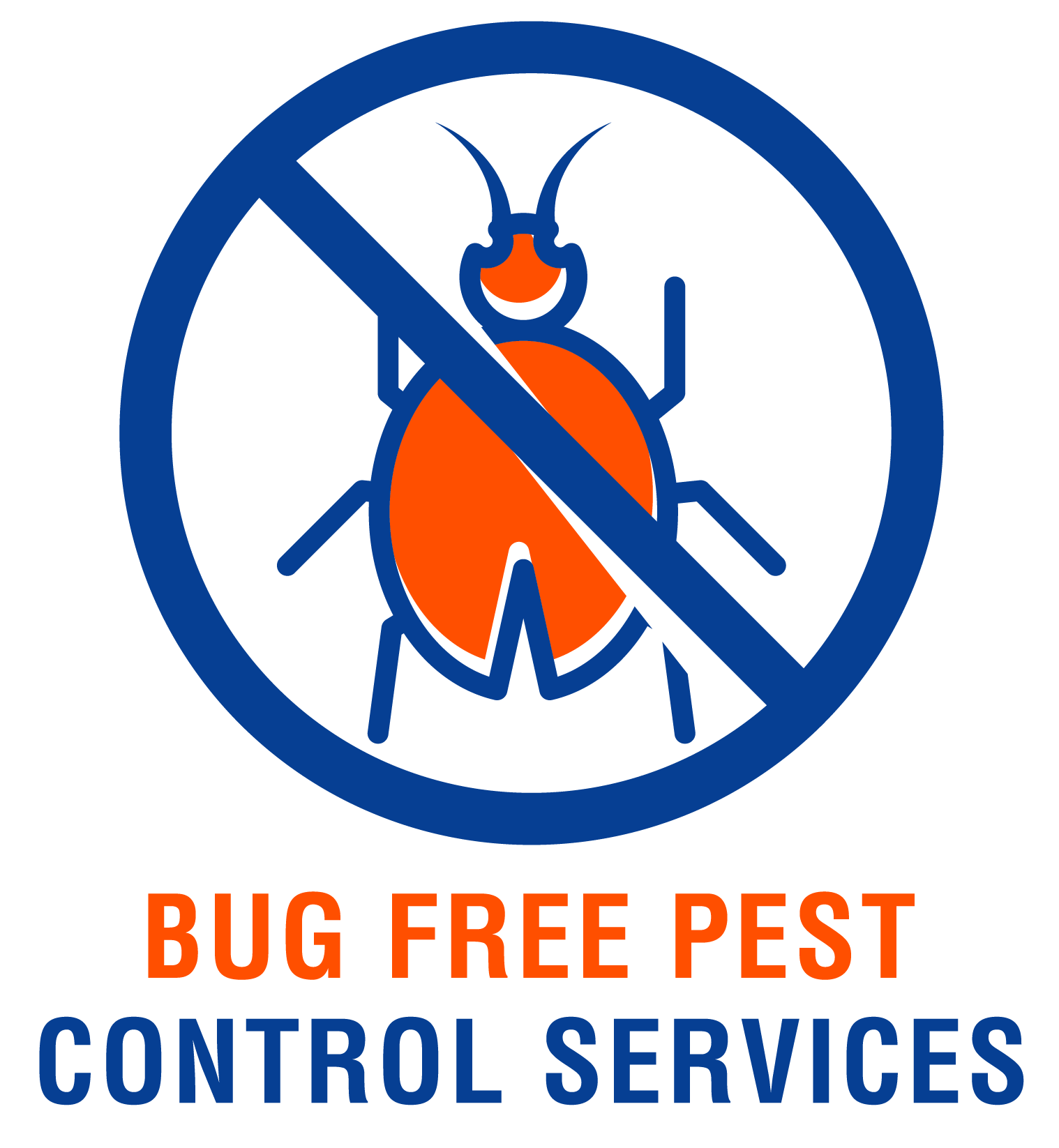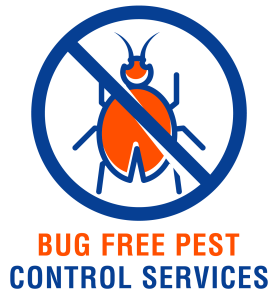Welcome to the article on Solutions for pest problems in storage units! If you’ve ever encountered unwelcome critters in your storage space, you know how frustrating it can be. In this article, we will explore effective methods for managing pest problems in storage units, allowing you to store your belongings without worry. From proper storage techniques to pest control products, we’ve got you covered. Say goodbye to unwanted pests and hello to a clean and pest-free storage unit! Have you ever opened your storage unit to find unwanted pests wreaking havoc on your belongings? Whether it’s rodents, insects, or other critters, dealing with pest problems in storage units can be a nightmare. But fear not, as we have compiled a comprehensive guide to help you tackle these pesky pests and keep your storage unit clean and pest-free. Let’s dive in and learn about the best solutions for pest problems in storage units.
Identifying Common Pest Problems
Pests can vary depending on the location and surroundings of your storage unit. Common pests that are frequently found in storage units include rodents, insects, and spiders. Rodents like mice and rats can chew through boxes and furniture, while insects like cockroaches and ants can infest your stored items. Spiders can also create unsightly webs and cause damage to delicate items. By identifying the types of pests present in your storage unit, you can better combat the infestation.
Signs of Rodent Infestation
Rodents are known for leaving behind telltale signs of their presence. Look out for droppings, chewed-up boxes or furniture, gnaw marks on wooden surfaces, and even nests made of shredded paper or fabric. If you notice any of these signs, it’s likely that you have a rodent infestation in your storage unit.
Warning Signs of Insect Infestation
Insects can be trickier to spot compared to rodents, but there are still signs that can indicate an infestation. Look for small holes in cardboard boxes, droppings that resemble coffee grounds or pepper flakes, and skin sheds from molting insects. If you see any of these warning signs, it’s time to take action against insect infestations in your storage unit.
Preventive Measures to Keep Pests at Bay
The best way to deal with pest problems in storage units is to prevent them from occurring in the first place. By implementing some simple preventive measures, you can create an inhospitable environment for pests and protect your stored items from damage.
Seal Cracks and Gaps
Pests can enter your storage unit through even the tiniest cracks and gaps. Inspect the walls, floors, and ceilings for any openings and seal them with caulk or weatherstripping. This will help keep pests out and maintain the integrity of your storage unit.
Keep Food Items Secure
Food items are a magnet for pests, so it’s essential to store them securely in airtight containers. Avoid storing perishable or open food items in your storage unit, as they can attract rodents, insects, and other critters. By keeping food items sealed and stored off the ground, you can reduce the risk of pest infestations.
Declutter Regularly
Clutter provides hiding spots for pests and makes it challenging to detect infestations early on. Regularly declutter your storage unit by removing unnecessary items, organizing boxes and furniture, and maintaining a clean environment. A clutter-free storage unit is less attractive to pests and easier to monitor for signs of infestation.
Effective Pest Control Methods
If preventive measures fail to keep pests at bay, it’s crucial to implement effective pest control methods to eradicate the infestation and prevent further damage to your stored items. From DIY solutions to professional pest control services, there are various options available to help you combat pest problems in storage units.
Natural Pest Repellents
Natural pest repellents like peppermint oil, cedarwood, and diatomaceous earth can be effective at deterring pests from your storage unit. Simply sprinkle these repellents in problem areas or create homemade repellent sprays to keep pests away. These natural remedies are safe for your stored items and serve as a non-toxic alternative to chemical pesticides.
Pest Traps and Baits
Pest traps and baits are an effective way to catch rodents and insects without using harmful chemicals. Place traps along walls, corners, and entry points where pests are likely to travel. Baits can lure pests into traps and eliminate them quickly and efficiently. Just remember to check and replace traps regularly to ensure continuous pest control.
Professional Pest Control Services
If the infestation is severe or persistent, seeking help from professional pest control services may be necessary. Pest control experts have the knowledge and tools to identify the root cause of the infestation and implement effective treatment methods. From fumigation to pest exclusion, professional pest control services can help you eliminate pests and prevent future infestations in your storage unit.
Maintaining a Pest-Free Storage Unit
Once you have successfully dealt with the pest problem in your storage unit, it’s essential to maintain a pest-free environment to prevent future infestations. By following a few simple maintenance tips and staying vigilant, you can keep pests at bay and preserve the integrity of your stored items.
Regular Inspections
Regular inspections are key to detecting pest problems early on and preventing infestations from taking hold. Take the time to inspect your storage unit for signs of pests, such as droppings, gnaw marks, or nests. By catching infestations in their early stages, you can address the issue promptly and avoid costly damage to your belongings.
Cleanliness Is Key
A clean and well-maintained storage unit is less likely to attract pests and more challenging for them to establish a presence. Sweep and vacuum regularly to remove debris and dust that can harbor pests. Wipe down surfaces, organize boxes and containers, and avoid clutter to create a pest-free environment in your storage unit.
Monitor Temperature and Humidity Levels
Pests thrive in warm, humid environments, so it’s essential to monitor the temperature and humidity levels in your storage unit. Use a dehumidifier or moisture absorbers to keep humidity levels in check and make your storage unit less hospitable to pests. Maintaining proper temperature and humidity levels can help prevent mold growth and pest infestations in your storage unit.
Conclusion
Dealing with pest problems in storage units can be a challenging task, but with the right knowledge and tools, you can effectively combat infestations and keep your stored items safe. By identifying common pest problems, implementing preventive measures, and using effective pest control methods, you can reclaim your storage unit from unwanted critters and preserve the integrity of your belongings. Remember to maintain a pest-free environment through regular inspections, cleanliness, and monitoring temperature and humidity levels. With these solutions at your disposal, you can say goodbye to pest problems in storage units and enjoy peace of mind knowing your items are well-protected.


